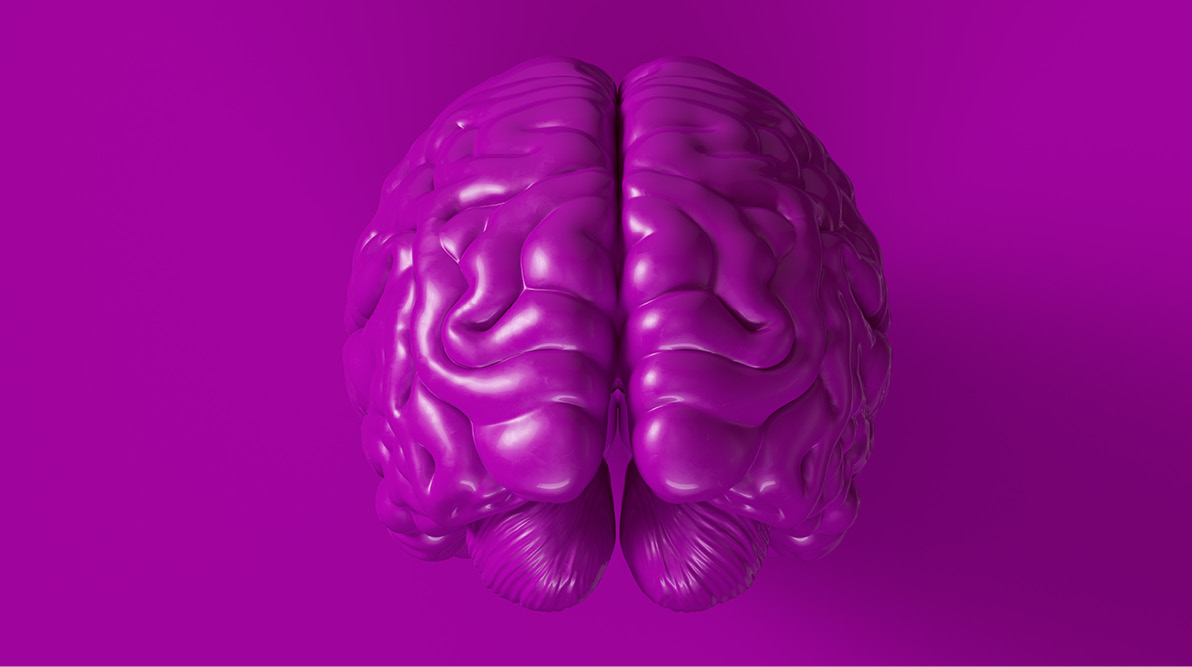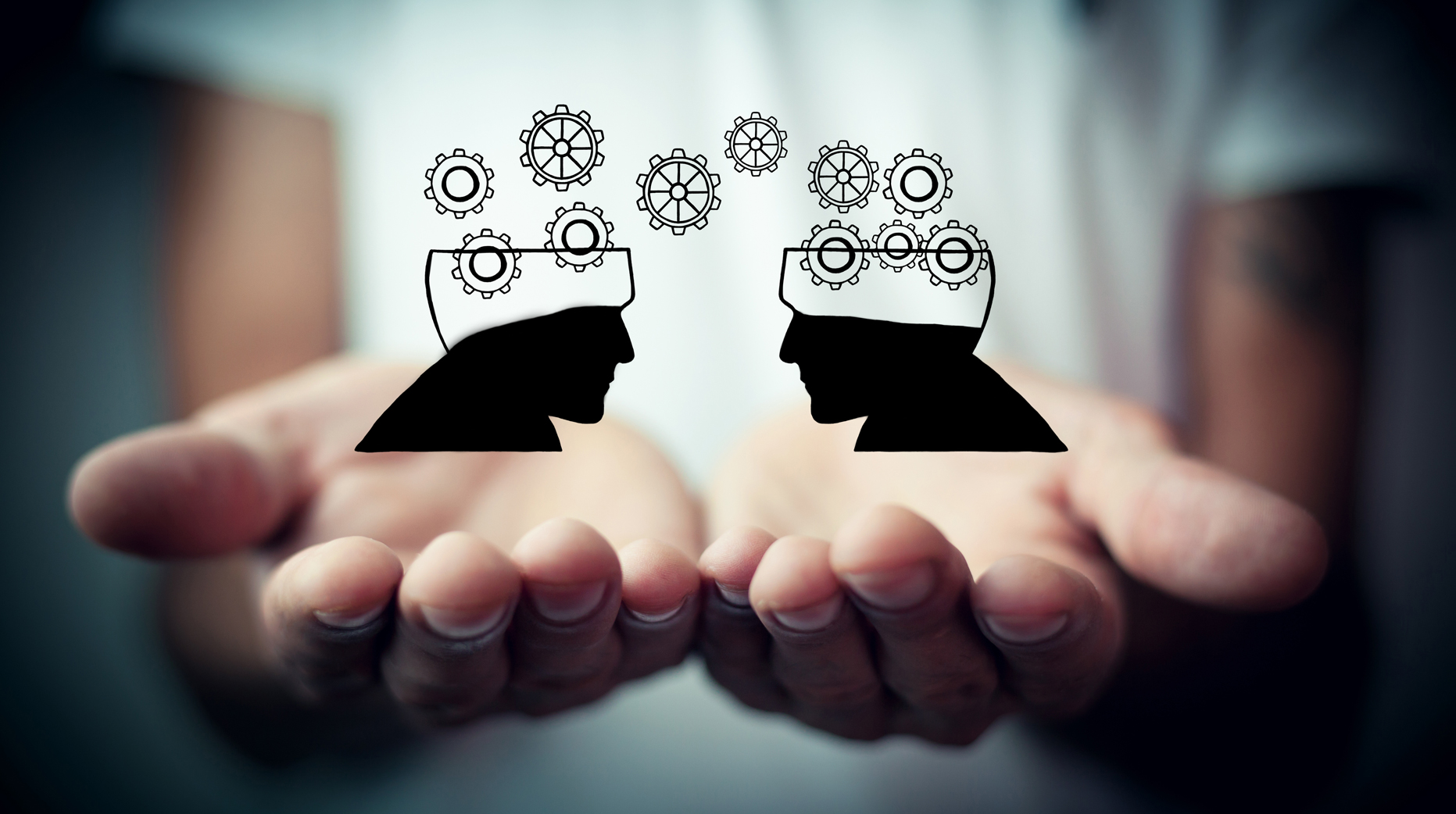Using Neurofeedback Devices to Retrain Your Brain
Neurofeedback is basically a branch off of the broader term “biofeedback”. Biofeedback allows people to gain more control over bodily functions that are normally involuntary, and biofeedback can treat conditions such as incontinence, high blood pressure and migraines. By promoting relaxation and deep breathing, biofeedback therapists help you fine-tune your control of various body functions.1 The same idea applies to neurofeedback, only now you’re focusing on your brain.
Your Brain, Some Sensors, And Neurofeedback
If you’ve never heard of a neurofeedback device (yet), you almost certainly will in the near future. Many companies offer some version of their own neurofeedback device, and it can be confusing to try to wade through all this information.
There are many methods used to help your brain function better, including:2
- Traditional neurofeedback
- LENS (Low Energy Neurofeedback System)
- Z-score training
- pEMF training
- Low-frequency training
- Loretta training
- pRoshi
Neurofeedback can be used to treat conditions such as PTSD, headaches, anxiety, ADD/ADHD, bipolar disorder and depression. In a nutshell, electrodes are placed on your scalp to measure your brain’s electrical activity. Using games or other stimuli, you can learn how to redirect and adjust your focus if your mind starts to wander. Your brain will create new neural pathways because you’ve increased efficiency and learned a new way of functioning.3
What Does The Science Say?
If your first reaction is scepticism, that’s OK! Research studies have focused on neurofeedback devices and the results are promising. In one study, scientists asked 40 adult volunteers, who were recruited from the aboriginal populations of Canada, to participate in alpha brain-wave neurofeedback training.
These populations are affected by high depression rates (16% compared to 8% of the general population) and higher suicide rates (6-11 times the Canadian average). Aboriginal people have keenly felt the negative impacts of the loss of their indigenous culture and lifestyle.4
The volunteers underwent intensive training sessions ranging from 76 minutes a day to 120 or more each day for a 7-day period. Researchers were hoping to see what effects this therapy would have on reducing anxiety and other psychopathology. Using a battery of psychological tests, scientists did see improvements for many conditions, including depression, anxiety and social introversion.5
Another study tested Green Berets (the United States Army Special Forces) for 7 days. The Green Berets are akin to superstar athletes, as they are expected to perform at their best at all times. Baseline tests were completed before the training sessions, and then 2 groups of 12 soldiers (24 in all) were sent on a month-long “meditation encampment”, followed by a week of alpha brain training. Participants showed a significant reduction in sleepiness, dizziness and unhappiness, and increases in alpha brain activity were associated with reduced depression, defensiveness and fatigue.6
Seeing positive results from two very different populations is hopeful for the future. While most of us aren’t expected to perform at Green Beret level in our lives, we can improve how we lead others, how we interact with our family members and friends and other people around us if we are more relaxed, more aware, and less depressed or anxious.
Brain waves rule. When you change your brain waves, you change your experiences and you can actually change who you are.
Dr. James V Hardt
Neurofeedback Devices Are Coming
To An Office Near You!
Neurofeedback is also called neurotherapy or sometimes EEG biofeedback. If you are interested in learning how to view your brainwave patterns and then use this information to modify or retrain your brain, you’re in luck! This technology is spreading across the globe, offering a new method of treatment for a variety of disorders.
There are several myths about neurofeedback7, including:
- It’s pseudoscience. Even though neurofeedback has been a “thing” since the 1960s, it didn’t become popular until the technology of the 90s. Neurofeedback provides physical data to help diagnose symptoms, instead of using the old-fashioned paper checklist. Various conditions manifest differently in the brain (but they might check the same boxes on a questionnaire). Using real data to make decisions about mental health care is long overdue.
- It’s invasive. Actually, sensors are placed on your skin. Nothing goes into your head at all. The sensors measure what’s happening in your brain while you engage in some task (playing a game or watching a clip). Even though the name “neurofeedback” might seem scary, it’s a noninvasive way to see what’s really going on in your mind.
- It’s expensive. Technology has driven the costs associated with neurofeedback therapy down. Many insurance carriers may pay for some or all of the costs. Be sure to call ahead and check if you need a referral first. Even if you decide to pay out-of-pocket, costs are quite reasonable and should continue to drop as newer computer technologies are developed.
Doesn’t Effective Leadership Mean Using All Your Resources?
Effective leaders are able to utilise all their resources properly. Imagine what you could do if your brain was fully engaged and not distracted by ailments such as anxiety, PTSD, depression or sleep problems.
As leaders face more challenges in our rapidly changing world, conditions that inhibit how we think will become more prevalent. Facing these changes head-on and embracing new ways to keep our minds and bodies in top condition will be necessary. Learn more about how to retrain your brain and see what the experts have to say about brain health.
Check out my next article to learn more about brain health as we dive into the dark and lonely world of depression. Read on here!
Citations:
1. Web MD. Overview of Biofeedback. WebMD LLC. 2019.
2. Stoler DR. Neurofeedback: One Method Does Not Fit All. Psychology Today. 2014.
3. Amen. Neurofeedback. Amen Clinics. 2019.
4. Khan S. Aboriginal Mental Health: The Statistical Reality. Reprinted from “Aboriginal People” issue of Visions Journal. 2008;5(1):6-7.
5. Hardt JV. Alpha Brain-wave Neurofeedback Training Reduces Psychopathology in a Cohort of Male and Female Canadian Aboriginals. Advances. 2012;26(2).
6. Hardt JV. The Ultimate Peak Performers: Alpha Feedback Training for US Army Green Berets. Biocybernaut Institute. 1998.
7. Neurocore Brain Performance Centers. 5 Neurofeedback Myths. Neurocore. 2018.
- i4 Neuroleader (353)
- Leadership & Culture (336)
- Brain Health & Wellbeing (206)
- Innovation (97)
- Performance (85)
- Our News (79)
- Collaboration (68)
- Agility (53)
- Practitioner Stories (44)
- In The Press (36)
- Make Me A Leader (33)
- Balance (31)
- Integration (30)
- Imagination (29)
- Awareness (23)
- Brain-Friendly Channel (22)
- Brain-Friendly Leadership (22)
- Communication (22)
- Curiosity (21)
- Inspiration (19)
- Intuition (19)
- Attitude (17)
- Courage (16)
- Adaptability (14)
- Case Studies (14)
- Drive (14)
- Generosity (13)
- Ethics (9)
- Mental Readiness (9)
- Influence (8)
- Retreat (8)
- Brain-Friendly Leadership (1)
- Oracle Cards (1)
- 1 November 2025 (2)
- 1 September 2025 (3)
- 1 August 2025 (5)
- 1 July 2025 (5)
- 1 June 2025 (2)
- 1 April 2025 (1)
- 1 March 2025 (8)
- 1 February 2025 (3)
- 1 September 2024 (4)
- 1 July 2024 (2)
- 1 June 2024 (6)
- 1 May 2024 (2)
- 1 April 2024 (3)
- 1 March 2024 (1)
- 1 November 2023 (1)
- 1 August 2023 (1)
- 1 July 2023 (2)
- 1 June 2023 (2)
- 1 May 2023 (4)
- 1 April 2023 (2)
- 1 March 2023 (7)
- 1 February 2023 (4)
- 1 January 2023 (1)
- 1 September 2022 (1)
- 1 May 2022 (3)
- 1 April 2022 (1)
- 1 March 2022 (5)
- 1 February 2022 (4)
- 1 January 2022 (4)
- 1 December 2021 (2)
- 1 November 2021 (4)
- 1 October 2021 (3)
- 1 September 2021 (6)
- 1 August 2021 (1)
- 1 April 2021 (1)
- 1 December 2020 (2)
- 1 November 2020 (1)
- 1 September 2020 (1)
- 1 August 2020 (1)
- 1 July 2020 (3)
- 1 June 2020 (4)
- 1 May 2020 (3)
- 1 April 2020 (4)
- 1 March 2020 (6)
- 1 February 2020 (4)
- 1 January 2020 (2)
- 1 December 2019 (3)
- 1 November 2019 (3)
- 1 October 2019 (5)
- 1 September 2019 (4)
- 1 August 2019 (4)
- 1 July 2019 (4)
- 1 June 2019 (5)
- 1 May 2019 (9)
- 1 April 2019 (9)
- 1 March 2019 (8)
- 1 February 2019 (7)
- 1 January 2019 (8)
- 1 December 2018 (5)
- 1 November 2018 (10)
- 1 October 2018 (16)
- 1 September 2018 (9)
- 1 August 2018 (10)
- 1 July 2018 (9)
- 1 June 2018 (8)
- 1 May 2018 (9)
- 1 April 2018 (9)
- 1 March 2018 (9)
- 1 February 2018 (8)
- 1 January 2018 (8)
- 1 December 2017 (6)
- 1 November 2017 (9)
- 1 October 2017 (9)
- 1 September 2017 (8)
- 1 August 2017 (10)
- 1 July 2017 (8)
- 1 June 2017 (8)
- 1 May 2017 (9)
- 1 April 2017 (8)
- 1 March 2017 (6)
- 1 January 2017 (3)
- 1 December 2016 (4)
- 1 November 2016 (5)
- 1 October 2016 (4)
- 1 September 2016 (2)
- 1 August 2016 (4)
- 1 July 2016 (4)
- 1 June 2016 (2)
- 1 May 2016 (3)
- 1 April 2016 (3)
- 1 March 2016 (7)
- 1 February 2016 (2)
- 1 January 2016 (5)
- 1 December 2015 (2)
- 1 November 2015 (2)
- 1 October 2015 (4)
- 1 September 2015 (2)
- 1 August 2015 (2)
- 1 July 2015 (1)
- 1 June 2015 (3)
- 1 May 2015 (4)
- 1 April 2015 (5)
- 1 March 2015 (3)
- 1 February 2015 (3)
- 1 January 2015 (3)
- 1 December 2014 (3)
- 1 November 2014 (3)
- 1 October 2014 (3)
- 1 September 2014 (5)
- 1 August 2014 (4)
- 1 July 2014 (5)
- 1 June 2014 (3)
- 1 May 2014 (1)
- 1 March 2014 (1)
- 1 December 2013 (2)
- 1 November 2013 (1)
- 1 July 2013 (1)
- 1 June 2013 (1)
- 1 May 2013 (3)
- 1 April 2013 (1)
- 1 March 2013 (2)
- 1 February 2013 (1)
- 1 January 2013 (2)
- 1 November 2012 (1)
- 1 October 2012 (1)
- 1 September 2012 (1)
- 1 August 2012 (2)
- 1 July 2012 (1)
- 1 June 2012 (1)
- 1 May 2012 (2)
- 1 April 2012 (1)
- 1 February 2012 (1)
- 1 January 2012 (1)
- 1 November 2011 (1)
- 1 October 2011 (3)
- 1 September 2011 (2)
- 1 July 2011 (1)
- 1 June 2011 (1)
- 1 May 2011 (1)
- 1 April 2011 (1)
- 1 March 2011 (1)
- 1 February 2011 (2)
- 1 January 2011 (4)
- 1 December 2010 (4)
- 1 November 2010 (3)
- 1 October 2010 (5)
- 1 September 2010 (4)
- 1 August 2010 (4)
- 1 July 2010 (3)
- 1 June 2010 (4)
- 1 May 2010 (7)
- 1 April 2010 (5)
Subscribe by email
You May Also Like
These Related Stories

The Neurobiology of Imagination - Becoming an Innovative Leader

Move. Nourish. Perform.



No Comments Yet
Let us know what you think